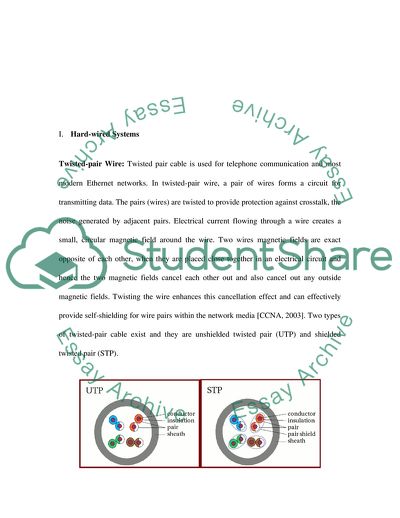Cite this document
(Hard-Wired Systems and Their Effects Case Study, n.d.)
Hard-Wired Systems and Their Effects Case Study. Retrieved from https://studentshare.org/information-technology/1708041-methods-of-network-delivery
Hard-Wired Systems and Their Effects Case Study. Retrieved from https://studentshare.org/information-technology/1708041-methods-of-network-delivery
(Hard-Wired Systems and Their Effects Case Study)
Hard-Wired Systems and Their Effects Case Study. https://studentshare.org/information-technology/1708041-methods-of-network-delivery.
Hard-Wired Systems and Their Effects Case Study. https://studentshare.org/information-technology/1708041-methods-of-network-delivery.
“Hard-Wired Systems and Their Effects Case Study”. https://studentshare.org/information-technology/1708041-methods-of-network-delivery.


